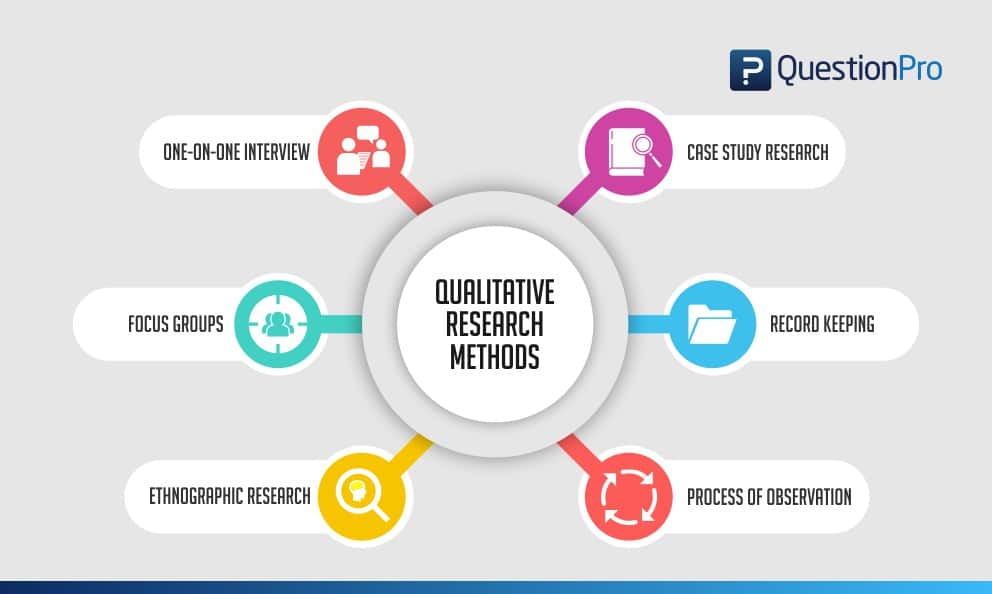
Consider the statement:
Qualitative researchers study people in their natural settings, attempting to make sense of phenomena in terms of the meanings people bring to them.
Qualitative research approach is a study that uses narrative reporting to explain and analyses behaviors of people and the implications of their actions (Erickson, 2011). It is equally important to say that qualitative research double-cuts the humanities, and the social and physical sciences (Denzin & Lincoln, 2013). The judgment in which qualitative research was based on, was always on the naturalistic occurrences or phenomena, and the reality and image of the world (Denzin & Lincoln, 2013).
One of the reasons why researchers choose qualitative research method because it gives a holistic overview of the research’s context and capture data on the knowledge of various participants. In Creswell (2009), qualitative research method deals with research dimensions and strategies such as ethnography, grounded theory, case studies, phenomenological research, and narrative research. The best of my favorites is the case studies: a tactical review aimed at reconnoitering depth platform or activity or method of subject matter. In this inquiry, researchers tend to collect vital information in terms of time and space over a retro of time.
In the video summary of theory by Laureate Education (2009), Michael Patton explores the historical idea of theory in research, an important aspect of qualitative research. However, he indicated theory as vital and central idea methodology in a scholarship and scientific approach. He also tried to identify theory as an explanation of set of ideas used in research design. Michael Patton (Laureate Education, 2009) expanded his basis for the explanation of qualitative research as a methodology, which uses theories in much more and wider ways to ascertain relevant information of the set study. Additionally, it is used as a broad evidence for understanding behavior pattern and activities of information, not necessarily numerical and quantity in formation (Laureate Education, 2009). Additionally, constructivist epistemology is knowledge of the socialization of the object and the subject. I had come across many practical applications of quantitative data that are difficult to be quantified or the data results cannot be generalized from sample to the population of interest. This is because the researcher works with general data, and the classification of the population is wide-ranging, such as elderly men. The process of qualitative data analysis is labor intensive and time consuming (Burnad, Steward, Treasure & Chadwick, 2008).
References
Burnad, P., Gill, P., Steward, K., Treasure, E., & Chadwick, B. (2008). Analyzing and presenting qualitative data. British Dental Journal, 204, 429-432. doi:10.1038/sj.bdj.2008.292
Creswell, J. W. (2009). Research design: Qualitative, quantitative, and mixed methods approaches (3rd ed.). Thousand Oaks, CA: SAGE Publications, Inc
Denzin, N.K., & Lincoln, Y.S. (2013). Chapter 1: Introduction: The discipline and practice of qualitative research. In The landscape of qualitative research (4th ed., pp. 1-44). Thousand Oaks, CA: Sage Publications. Retrieved from http://www.sagepub.com/sites/default/files/upm-binaries/17670_Chapter1.pdf
Erickson, F. (2011). Chapter 3: A history of qualitative inquiry in social and education research. In N.K. Denzin, & Y.S. Lincoln (Eds.), The SAGE handbook of qualitative research (4th ed., pp.43-58). Thousand Oaks, CA: Sage Publications.
Video: Laureate Education, Inc. (Executive Producer). (2009j). Theory. Baltimore, MD: Author









